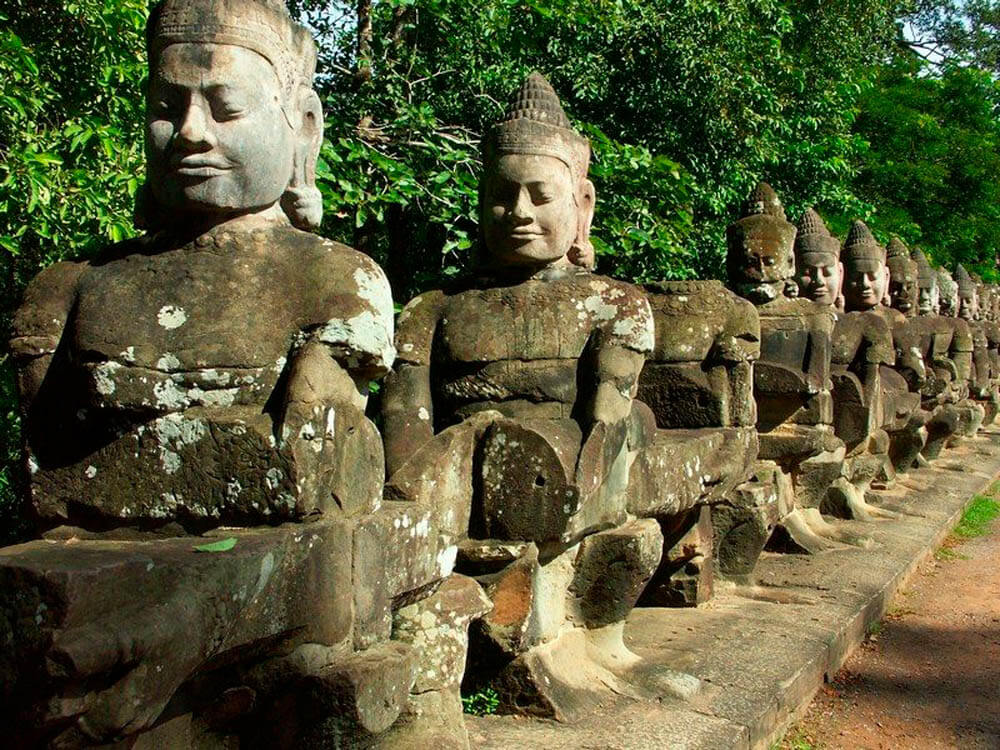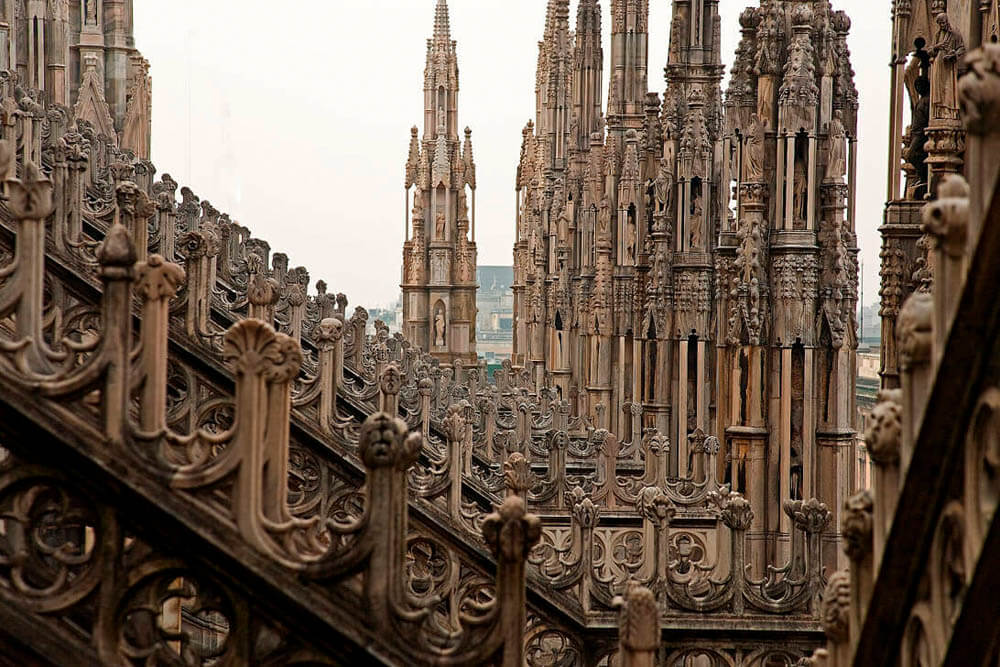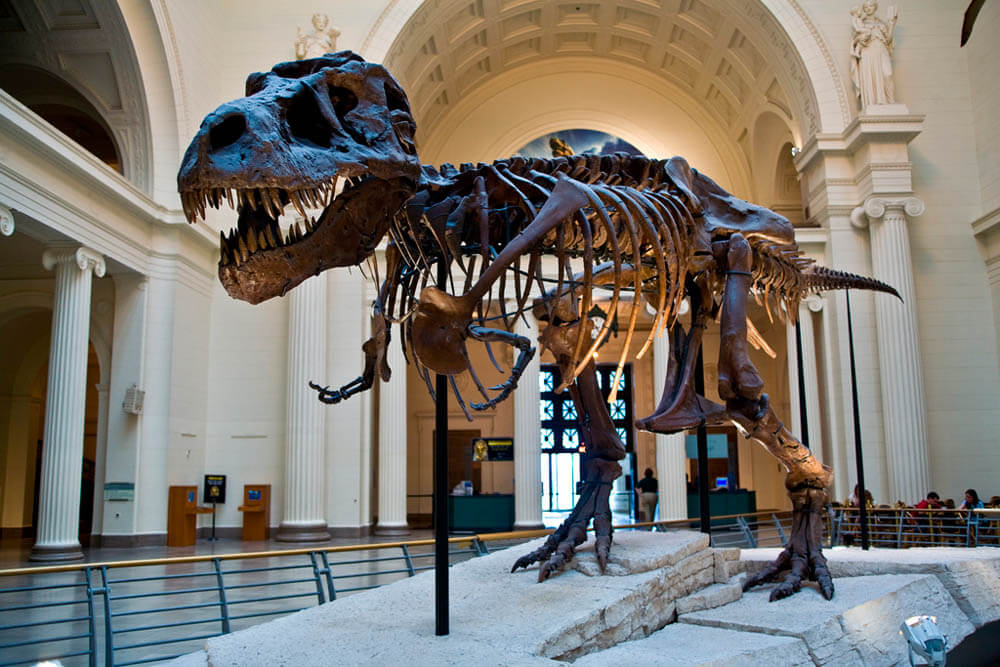The temple of Segesta draws awe and admiration, as its construction is the work of the Trojans. The evidence of it is in the records of the Roman historian Tacitus. Moving to Sicily, the Trojans were renamed into Elyms and built two cities – Segesta and Eric. Up to date, the cities have long ago fallen into oblivion, but the temple remained. Surprisingly, neither rain, nor storms, nor even numerous wars from the time of its construction to the 20th century affected the appearance of the structure in any way.
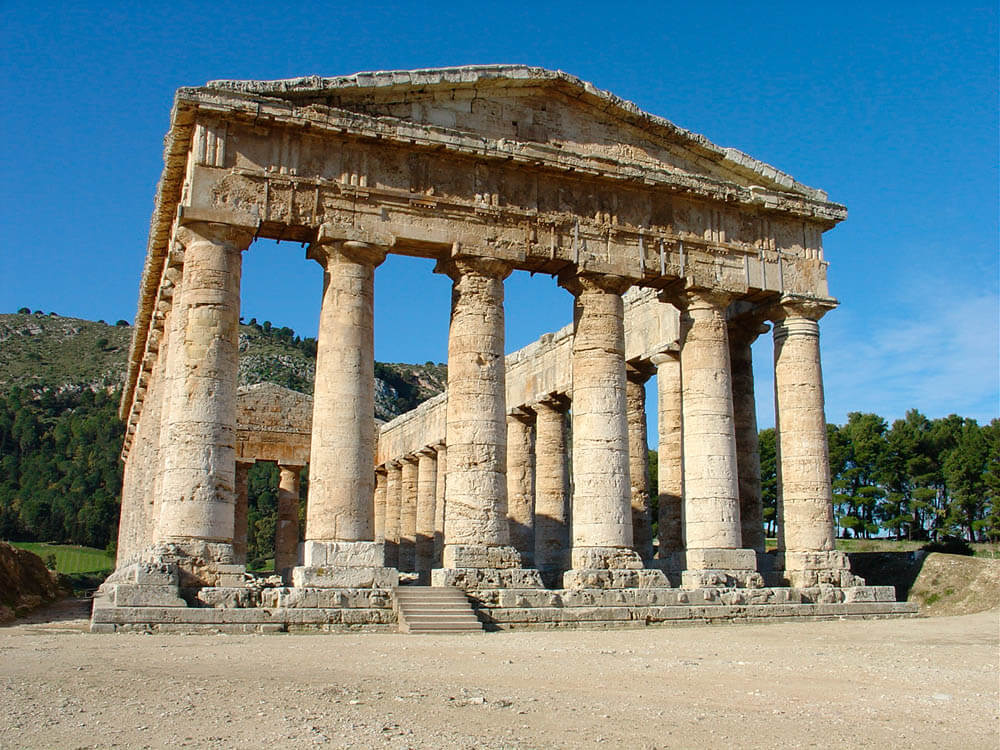
This unusual building is one of the rare examples of a beautifully preserved Doric temple. It is worth noting that in the 18th century, the temple was restored by architect Cenci. It has 36 Doric columns, 61 meters long and 26 meters wide. Triglyphs and metopes, evenly changing and uniting in a single unit in the form of an unusual frieze, stretch all around the portico. Only at the corners triglyphs are met on both sides. All this testifies about the accuracy and diligence of buildings in the developed Doric era.
Segesta itself is a real archeological zone, where mass excavations are constantly conducted. The temple rises on a gently-sloped hill, which is surrounded by a rocky ravine from three sides. Scientists are struck by the fact that the construction of the building is fairly holistic, and given its age, we can say that it’s just a miracle. However, the purpose of the temple still remains a mystery. One version suggests that it was built to worship the Sun. The roof wasn’t constructed so that there would be no obstacles between the prayers and the deity.
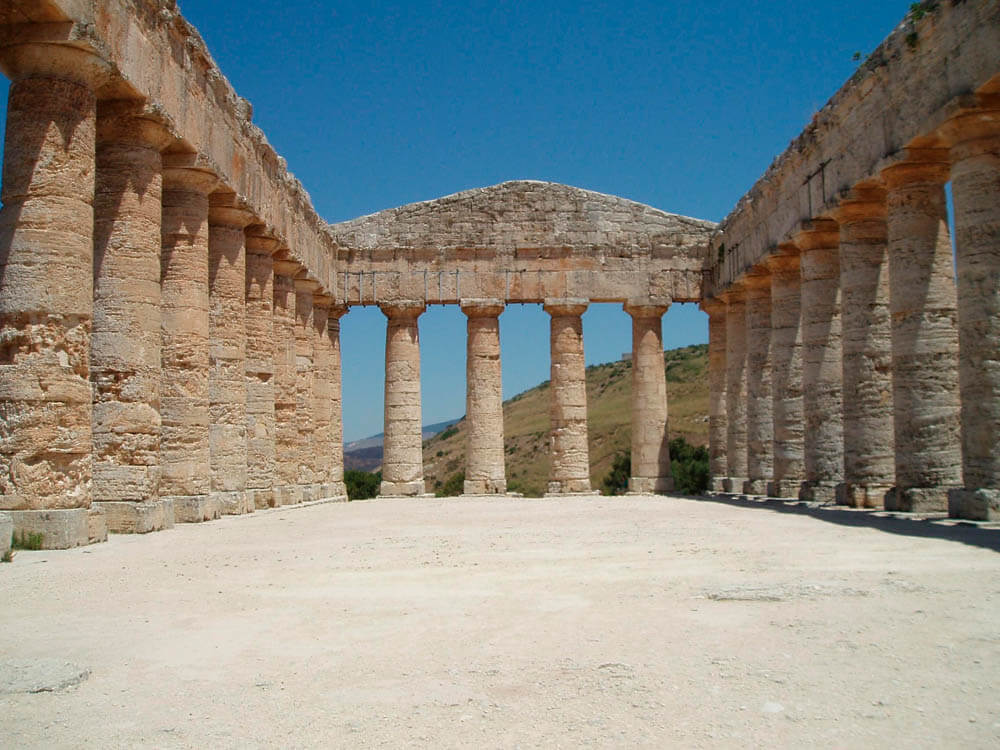
Another interesting fact is that the building is not a temple – it’s just a “draft”. Scientists came to this opinion after studying some details. For example, the pillars do not have a base, and there are no traces of walls on the flat floor that should have stood here. Experts believe that the temple was just about to be built, but the Punic Wars began, so Segesta was temporarily forgotten.
Link between Architecture and Construction
Many people are also interested in the question of why the draft was made in the classic Greek style? The answer can be found in diplomatic tricks of those times. Residents of Segesta could not resist their enemies, so they sought protection from their neighbors. The temple, most likely, was built in order to impress the Athenians, who made a diplomatic visit to Sicily in 420 BC. Despite their hostility towards the Greeks, the Elyms were strongly influenced by the Greek culture, and their temple was built in Doric style.
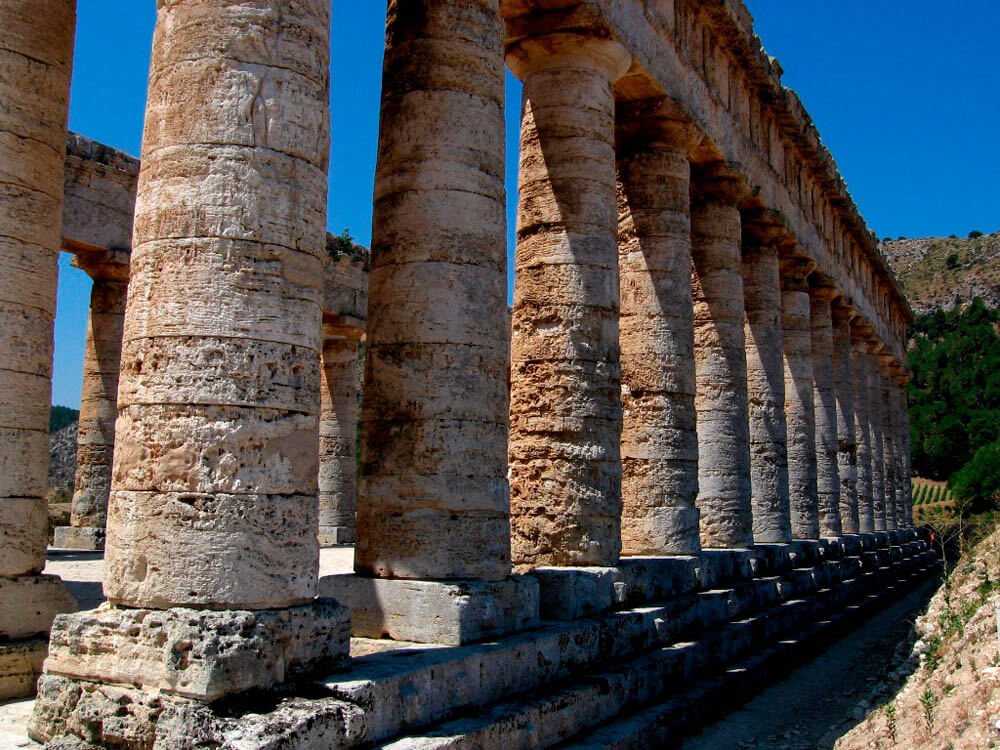
The temple was created using the same principle, according to which the sculptor carved a statue from an ordinary piece of stone. At first, builders determined the dimensions: length, width, height, and the number of columns. And the way the temple would look – light or heavy, exquisitely refined or heroically impregnable, reigning over the environment or hidden in it – was decided after the “draft” was made. In the modern world, architecture comes first, and then construction is decided upon, but they did the opposite. First builders had to make a “draft” building, and only then the architect created a piece of art. Sculpture and architecture were not just close – they were integral to each other.
